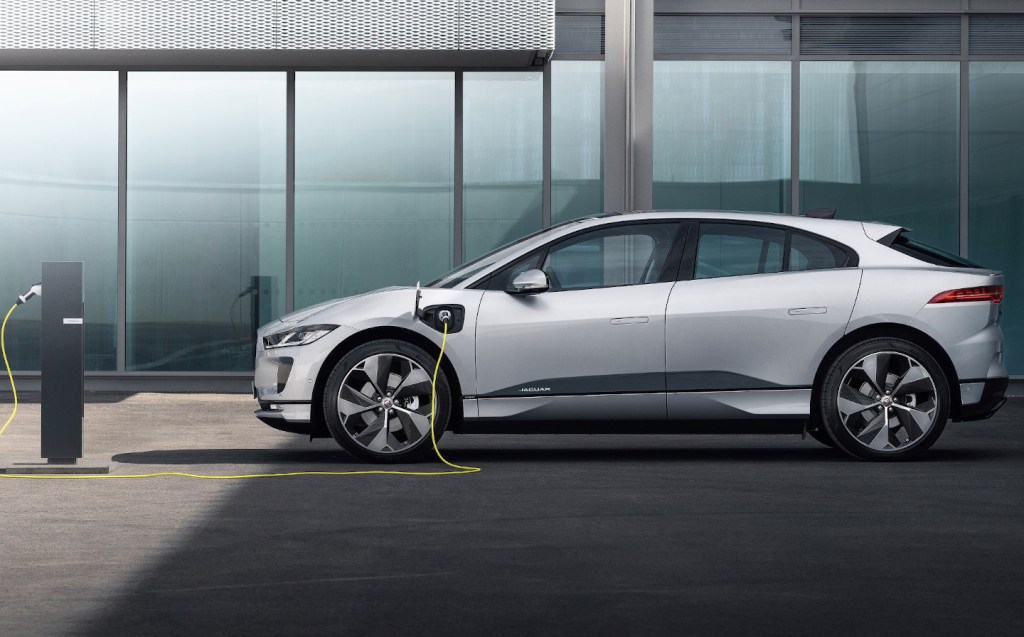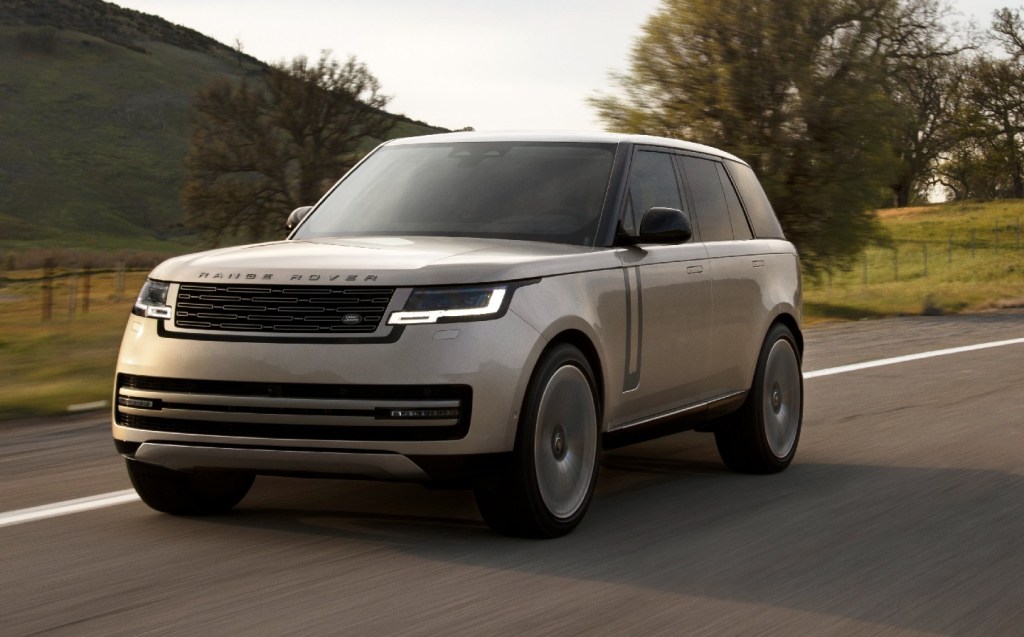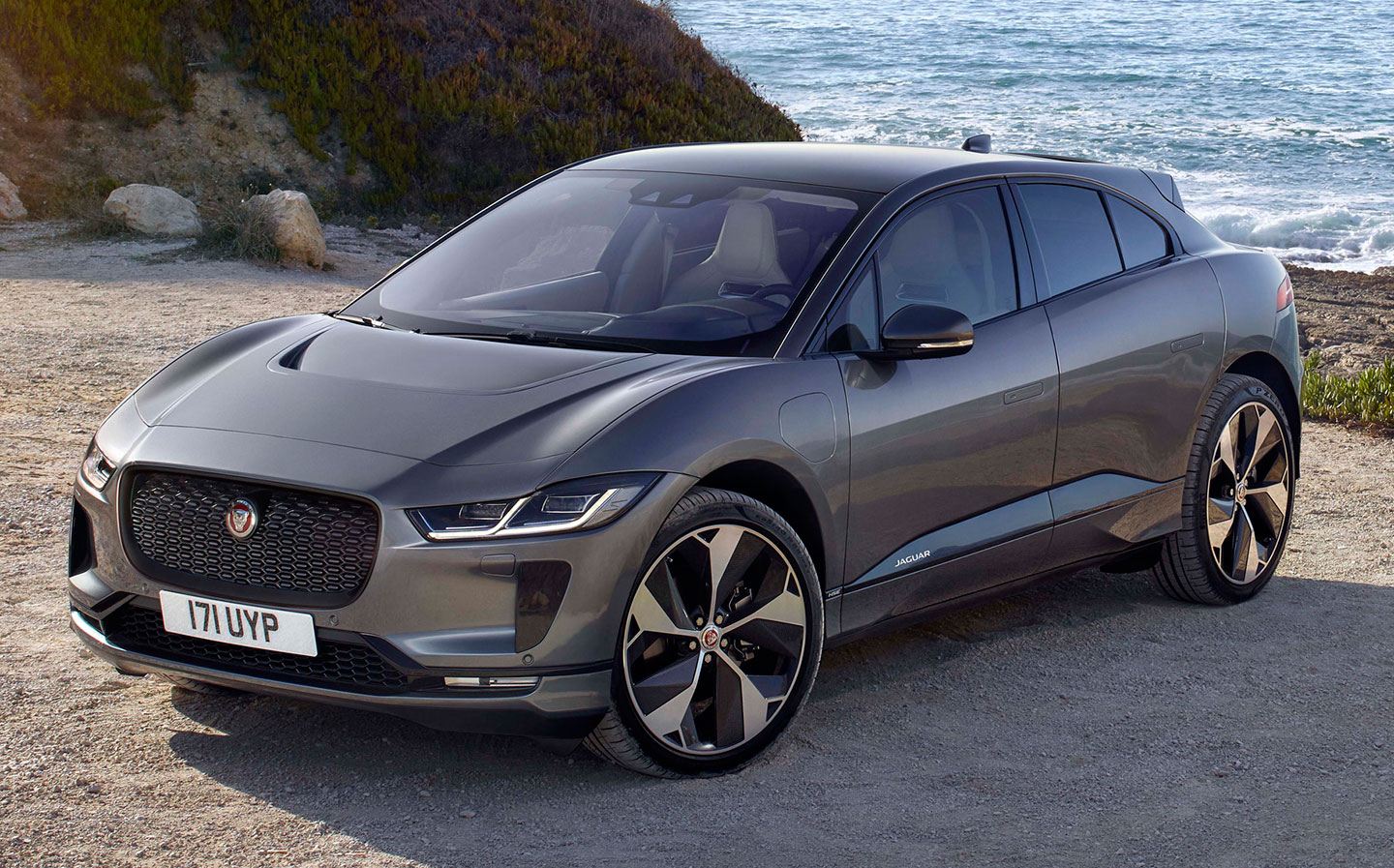Jaguar confirms it will kill off I-Pace electric car along with petrol models in 2025 shake-up
A one-hit wonder
Jaguar has confirmed that it is to end production of its groundbreaking I-Pace electric car as it works towards a new plan for its all-electric future starting in 2025.
Jaguar will push ahead with the development of all-new underpinnings for electric vehicles, which it calls the “JEA platform”, and as previously suggested it has no plans to extend the life of the firm’s current electric model once JEA launches. The first of the new generation EVs should appear next year ahead of going on sale in 2025.
Launched in 2018, the I-Pace was a revolutionary vehicle for Jaguar, featuring a battery with a 90kWh capacity, an all-wheel drive powertrain and a bespoke body structure.
Designed by then-design director Ian Callum, it broke with traditional Jaguar styling traits, adopting the shape of a sporty crossover body and was deliberately style-over-practicality, as Callum revealed to Driving.co.uk ahead of its unveiling.
The I-Pace is built by Magna Steyr in Graz, Austria, where the contract manufacturer also produces the Jaguar E-Pace, Mercedes-Benz G-Class, Toyota Supra and Fisker Ocean.
Praised for its keen handling and high level of performance, the I-Pace provided an insight into what future electric Jaguars could provide, and came with plenty of new technology for the brand including over-the-air infotainment and powertrain updates.
However, there was no follow-up model and the I-Pace has only received minor updates to keep it fresh, as the brand searched for a profitable way forward.

I-Pace was always scheduled for axing
Some reports have stated that the previous CEO of JLR (formerly Jaguar Land Rover), Thierry Bolloré, had indicated that the I-Pace would remain a part of the range as Jaguar transitioned to being a fully electric brand, possibly even spawning a second generation. However a Jaguar spokeperson told Driving.co.uk that it had always said “no current models were scheduled to transition to the reimagined Jaguar.”
New CEO Adrian Mardell, who stepped up to the role from the position of chief financial officer last month, told Autocar that the I-Pace is likely to remain on sale until the next electric model arrives, however.
“We don’t want the product to be out of the market for too long, particularly the electrified one [I-Pace],” Mardell told Autocar. “Now we’re waiting for the confidence in JEA.
“Right now, people are telling me it’s going to be in the first half of 2025. That’s just under two years away. I’d be more confident in that response when we’re nine to twelve months away.”

It was expected that Jaguar would use the JLR group’s Modular Longitudinal Architecture (MLA) platform that underpins the current Range Rover — including the forthcoming electric variant in 2024 — for an electric XJ saloon. But in 2021, Mardell as CFO confirmed that Jaguar was cancelling that model mid-development and going in a different direction, leaving the MLA platform to the Range Rover brands.
‘Gorgeous’ Jaguar design promised
Mardell provided some hints about what to expect from the next generation of electric Jaguars, saying: “The wheelbase (distance between the centre of the front and rear wheels) on these vehicles and this architecture will be longer. Then you can get the beautiful flows that you need from the vehicle. The design language on them is just gorgeous.”
Earlier this year, JLR confirmed the first of three “reimagined modern luxury Jaguars” will be a four-door GT that it intends to build in Solihull. Mooted to have a £100,000 price tag and 430-mile driving range, it is expected to also be the most powerful Jaguar road car to date.
Jaguar’s sales have been languishing in recent years. Amid the global pandemic and subsequent electronic chip shortages, parent company JLR prioritised producing Land Rover Defender and Range Rover models due to their higher profitability.
Earlier this year, JLR announced that it would invest £15 billion over the next five years across vehicle development, autonomous technologies and its industrial footprint, with around £2.25 billion going directly in to Jaguar.
Related articles
- If you were interested in the demise of the Jaguar I-Pace, you may like to read that JLR’s parent company, Tata, plans to build a battery gigafactory in Somerset
- Farewell to the Jaguar F-Type: A final drive of Jaguar’s stunning sports car
- It’s also worth reading about JLR’s £15-billion investment in EVs
Latest articles
- Bedeo Defender 110 2024 review: Does electric Landie with in-wheel motors make for a perfect off-roader?
- F1 2024 calendar and race reports: What time the next grand prix starts and what happened in the previous rounds
- BYD Seal U 2024 review: Chinese brand adds plug-in hybrid SUV to its electrified line-up
- New Mini John Cooper Works revs up for Nürburgring 24-hour race debut
- Ineos Grenadier Quartermaster 2024 review: British pick-up is a tough mudder but too flawed to be a real workhorse
- Mini Cooper SE 2024 review: All-new electric hatchback is playing to the crowd
- Jeep Wrangler 2024 review: Impressive off road but you’d still have to be a committed contrarian to buy one
- Around 500 Ford workers in UK could go on strike over cost-of-living pay dispute
- Durham solar car team to take part in 24-hour race with smart tyres and night-driving solution














